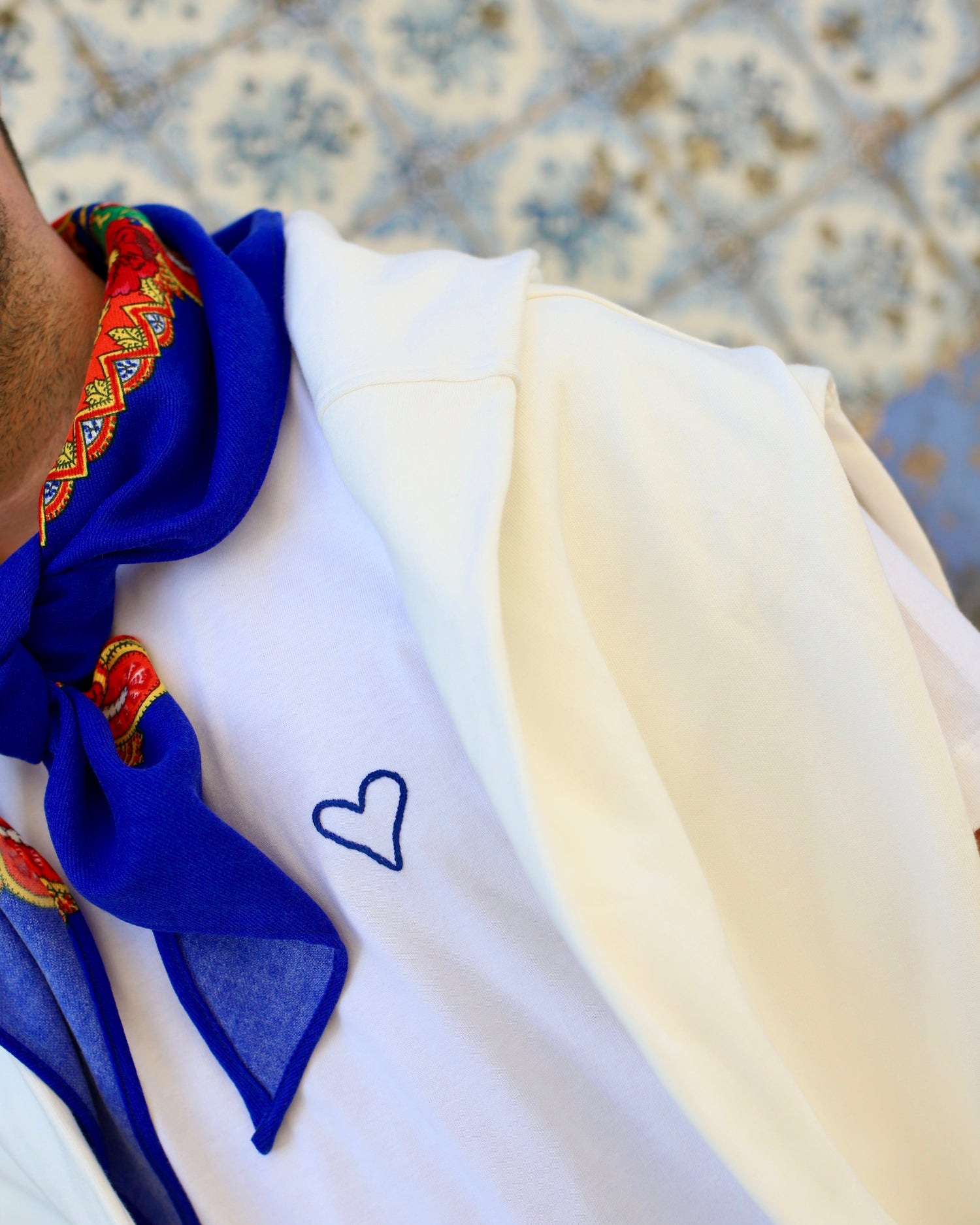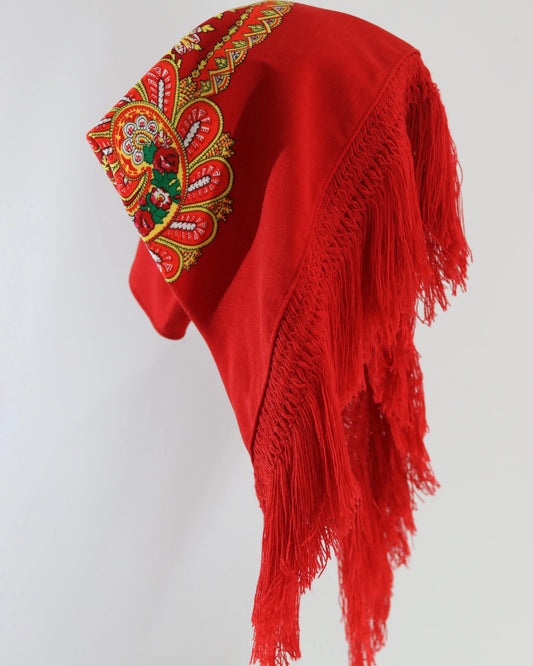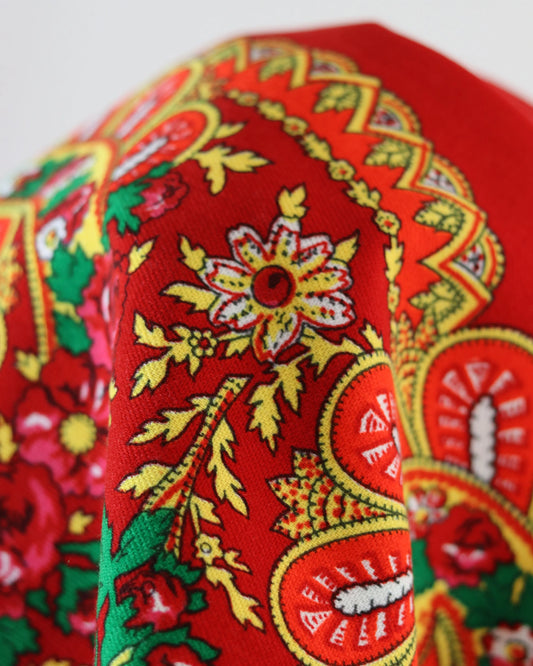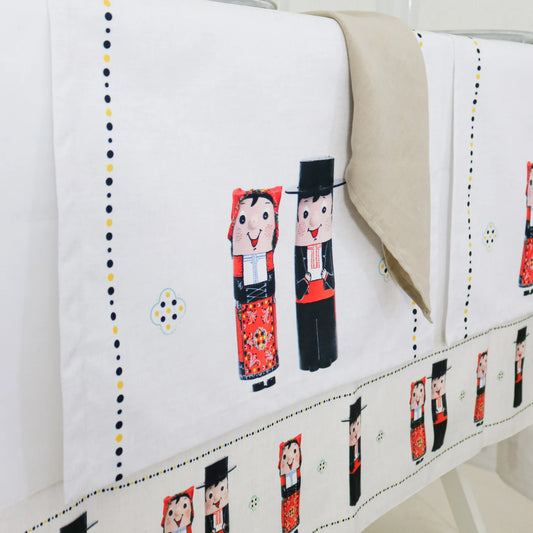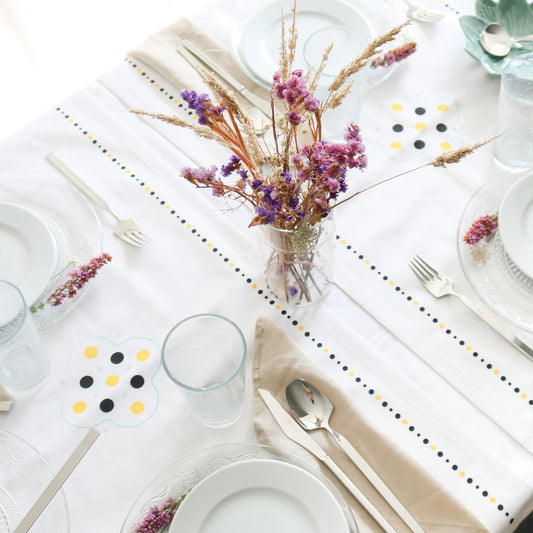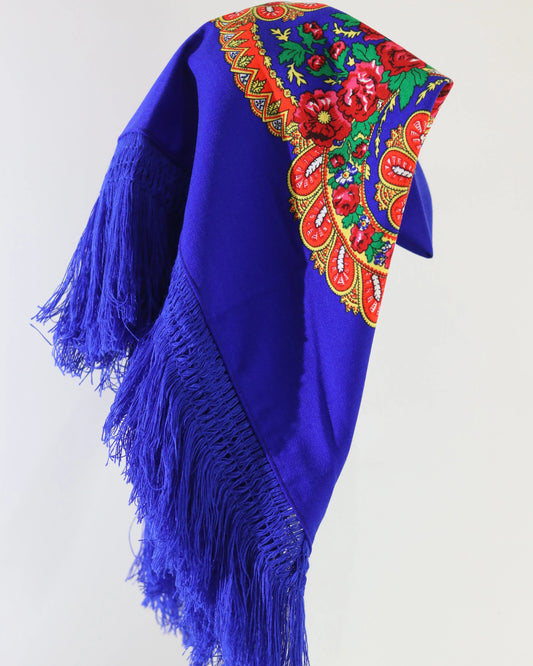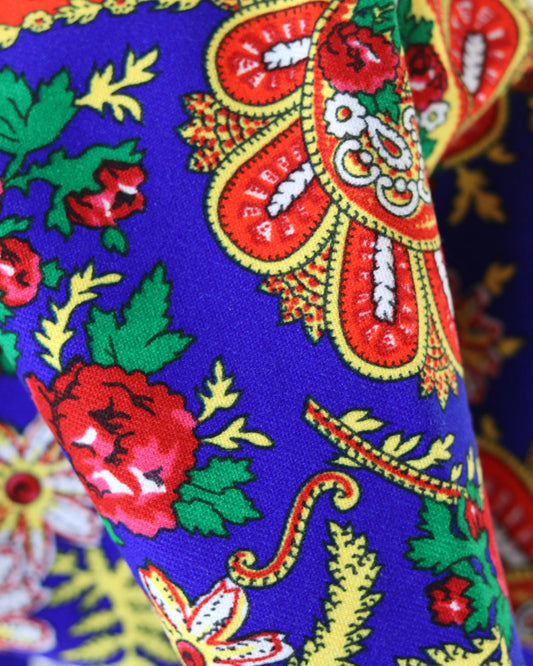Loving the land where you were born: cultural pride
There are places that never leave us. They remain in our accents, our temperaments, the way we greet our neighbors, and the way we read the sky before leaving. Loving the land where we were born isn't a flag-waving gesture, nor a postcard pose. It's a daily, discreet practice, made of shared memories and concrete choices. In Viana do Castelo, this love smells of the sea, the light of the river, the sound of an accordion, and the glow of gold in our hearts. And yet, it doesn't dwell on the past. It knows how to gaze at the Atlantic and imagine the future.
Belonging with your feet on the ground in the city
There's a difference between liking a place and feeling like you belong there. The former is romantic, the latter is a living relationship, with duties and joys. Belonging means:
- Taking care of common spaces, from the bandstand to the sidewalk, from the fishing shelter to the century-old tree
- Know the names, from the streets to the plants, from the stones of the City Hall to the winds that come from Carreço
- Participate, showing up at parties, pilgrimages, ranch rehearsals, neighborhood meetings
- Transmit, telling stories to young people, teaching recipes, singing old songs
- Innovate, giving contemporary use to crafts, opening doors for those who arrive and bring new questions
In Viana, this sense of belonging circulates between Lima and the mountain. The sanctuary up high follows the hustle and bustle of the city below. The whistle of a ship is part of the local soundtrack. And Praça da República remains the meeting point, with the fountain as witness.
Signs of a Vianense soul
Viana's pride has very clear symbols, which fit into a photograph but respond to a universe of practices and values.
- The sea and the river that define identity and shape trades
- The Vianesa costume, with its variations and cascading gold
- The pilgrimage of Our Lady of Agonia, a synthesis of faith, popular art and a sense of community
- Filigree with the heart of Viana, delicate and resistant line
- The dance and music of Minho, where the Vira gains body and joy
- Shipyard and port work, with many family names linked to metal and wood
It is at this confluence that we see how tradition and contemporaneity can walk hand in hand. The same place that holds a trail of stewards with miles of gold also hosts offshore energy projects. There is no contradiction. There is continuity.
The pilgrimage that suspends time
In August, Viana confirms that a popular festival can be a total art form. For days, the city is redressed. Seams are refined, rehearsals are prolonged, promises are made from the heart and onto the streets. The Mordomia parade is one of the most talked-about moments, but the marathon of details begins long before: in the embroidery stored in trunks, in the polishing of inherited gold, in the selection of scarves and skirts.
The procession to the sea, with decorated boats, is one of the most powerful images. It's not a tourist spectacle. It's a gratitude for work, food, and risk. Along Ribeira, the streets are decorated with flower carpets, and the layout of each neighborhood tells a story. It's in this shared design that the city recognizes itself.
To outsiders, the festival may seem like a mere spectacle. To those who participate, it's a commitment. The committees organize, the bands play, the groups dance, the merchants decorate their windows, the artisans do their best. The scale is grand, the soul is neighborhood.
Workshops, hands and matter
Pride of origin is fueled by what one makes with one's hands. In Viana, there's a vocabulary all its own, expressed with the texture of linen, the shine of gold, the weight of iron.
- Filigree: tiny gold or silver threads create hearts, earrings, and crosses. The technique requires patience and a trained eye. Between the workshop and the display window, the journey is long and filled with silence.
- Embroidery: the fabric gains expression, whether in a handkerchief of promises or an apron of domestic wisdom. Each stitch is a language.
- Riverside carpentry and naval metalworking: shipyards mark the landscape and the lives of many families. Today, there's technological renewal, but a sense of the sea remains.
- Canning and fish trade: another highlight of the local economy, preserving flavors with time and respect
If you come and ask what the Viana heart is, it's worth answering slowly. It's a symbol, an aesthetic, and a collective memory. It's rooted in ancient devotions, but it's also become a civic symbol of belonging. It's not just ostentation, but an emotional code.
Urban and natural heritage that converses
The city has a cohesive and vibrant historic center. Praça da República is a collection of carved stone, featuring the Misericórdia building, the old City Hall, and the Renaissance fountain. Just a few steps away, narrow streets, old shops, and the Costume Museum emerge, with colors and textures that speak of work and celebration.
The Lima River is a vast, liquid avenue. It offers wide walks and invites you to admire the Eiffel Bridge, an elegant feat of engineering that carries memories of departures and returns. Further along, the Gil Eannes ship, a former hospital for the cod fishing fleet, is anchored as a museum. Visiting its interior is like entering a passageway of Portuguese history, scented with cod and courage.
At the top, the Santa Luzia sanctuary offers a view that many remember as their first image of Viana. The funicular, discreet and efficient, transforms the climb into a small ritual. The mountain simultaneously protects and guides.
The coastline, with beaches like Cabedelo, Afife, Carreço, and Praia Norte, alternates long stretches of sand with rocks and windmills. There, the Atlantic is vast, and the wind writes its name in the sand.
A table that tells where we are
The flavors of Viana are a map. The Minho region responds with aromatic greens, the sea adds iodine and texture, and recipes circulate among the parishes.
| Dish or Dessert | Where to taste | Time/Context | Sensory notes |
|---|---|---|---|
| Caldo verde | Taverns in the historic center | All year round | Smoked chorizo, finely chopped cabbage |
| Octopus à lagareiro | Amorosa and Afife restaurants | Autumn and winter | Generous olive oil, smashed potatoes |
| Grilled sardines | Riverside areas | Summer, Popular Saints | Live grill, bread and roasted peppers |
| Sarrabulho rice | Minho houses | Cold mornings | Offal, cumin, comforting texture |
| Lima Lamprey | Reference houses | End of winter | Deep flavors, ritual at the table |
| French Toast and Scrambled Eggs | Traditional sweets | Christmas | Sugar and cinnamon, family memories |
| Natário's Berlin balls | Manuel Espregueira Street | Wise queue | Creamy, warm, childhood experiences |
There are snacks worth noting: fried sarrabulho (small sardine) porridge, turnip soup, sarrabulho porridge in a clay bowl, crispy cornbread. And there's local vinho verde (green wine), with acidity that cleanses the palate and sparks conversation.
People who leave and return
Viana knows about travel. Centuries of departures, with destinations in the cod and across endless continents, and decades of emigration that took surnames and memories to France, Germany, Canada, Venezuela, and South Africa. Every summer, those who left return for a few days and rekindle their routines: a coffee in the square, a swim in Cabedelo, a visit to Santa Luzia, a toast with the usual friends.
Regional houses abroad maintain ties, organize gatherings, teach dances, and host dinners with caldo verde and rojões (roast pork stew). Viana pride doesn't evaporate with a plane. Often, it even grows stronger far from home.
Economy with eyes on the horizon
The seaport and proximity to the Atlantic brought industry, logistics, and workshops. Shipyards, with renewed vigor, adapted to current orders and technologies. The offshore renewable energy cluster gained ground, with wind platforms emerging offshore and testing local capabilities.
Alongside, traditional businesses maintain their identity and distinctiveness. A second-hand bookstore on a side street, a jewelry store with time-honored crafts, a tavern with pickled mackerel, a grocery store with sausages and cheeses from producers they know by name.
The schools of the Viana do Castelo Polytechnic Institute contribute graduates in technical and social fields, and there are projects that connect students with the community, from museums to neighborhoods, from social innovation to materials laboratories. This is where the city gains speed without losing its accent.
The gold that speaks
Those who look from the outside see opulence. Those who see from the inside recognize language. Viana-style gold is a portable archive of gestures, protection, and family. The hearts, the earrings, the crosses, the thick necklaces that pass from mother to daughter. They're not just jewelry. They're a way of remembering who one is, a safeguard of autonomy in a world where, for a long time, women had few weapons other than their cunning and their work.
Filigree work demands calm and rigor. The workshop is a laboratory of millimeters. Drawing, soldering, winding wires until creating an almost ethereal piece. And then, dressing the gold in costume, giving it the light and music of the street. It's hard to remain indifferent when the Stewardship advances. Brilliance isn't gratuitous vanity; it's a shared language.
Living tradition without closing doors
The temptation exists: to use the past as a trench. But the culture that breathes is not a wall, it's a square. Viana pride grows when it allows itself to be challenged, when it welcomes others, when it transforms curiosity into learning.
Simple practices that help:
- Visit workshops and buy directly from artisans
- Participate in filigree or embroidery workshops to understand the time each piece carries
- Attend rehearsals of ranch and choral groups, even if only as a listener
- Involve children in short tours of museums and beaches, using notebooks and pencils.
- Support neighborhood businesses, ask for their names, thank them for their service
- Bring friends from abroad and introduce them to what you eat and dance without folklorizing life
Culture is not archived. It lives in the present.
48-hour itinerary with eyes and taste buds
Saturday morning, a short coffee and pastry downtown. A visit to the Costume Museum, lingering a bit in front of the fabrics. Stroll to Lima, follow the boardwalk, feel the breeze. Climb Santa Luzia on the funicular and, at the top, look for the shapes of the estuary, the curve of the river that seems to rest before the sea.
Lunch with grilled fish on a riverside. Afternoon with your hands in gold, visiting a workshop. End the day on the Cabedelo dunes, with a towel and a book. Dinner with conger eel or octopus. Afterward, a lit-up square and a long conversation, perhaps a concert or an improvised dance.
A quieter Sunday, with mass or a stroll, depending on your beliefs. A local market for fruit and bread. A crossing to Carreço and Montedor, windmills within reach, the scent of pine. A final snack, a farewell by the river. And the promise to return, which is another way of not leaving.
A city's emotional calendar
Viana's life is filled with rhythms, colors, and sounds that repeat and renew themselves. A possible summary can be found in this table, which is not intended to be exhaustive, merely suggestive:
| Month | City rhythm | Flavors to look for |
|---|---|---|
| January | Mists in Lima, small pilgrimages | Sarrabulho porridge, cooked |
| February | Lamprey in long conversation | Bordeaux lamprey, green wine |
| March | Soft lights and growing days | Baked octopus, young brassicas |
| April | Easter, discreet processions | Folares, mountain goat |
| May | Backyards in bloom, ranch rehearsals | Sardines begin to arrive |
| June | Saints, bonfires, basil | Grilled sardines, caldo verde |
| July | Full beach, wind asking for a sail | Fish rice, tomato salads |
| August | Our Lady of Agony, pulsating city | Firecrackers, Berlin balls |
| September | Golden light, calm return | Grapes, cornbread, sweet potatoes |
| October | Autumn fairs, chestnuts bursting | Turnip broth, pork belly |
| November | Light rain, conversations at the table | Sarrabulho porridge in a bowl |
| December | Street Christmas, nativity scenes, full houses | French toast, scrambled eggs, vermicelli |
Each family adds dates and secrets. This is how the city becomes a sum of many cities.
Education, museums and active memory
Loving where you were born involves knowing it better. In Viana, there are museums that act as schools outside of school. The Costume Museum organizes activities for children and adults, explaining processes, materials, and symbols. The Gil Eannes ship offers visits where technology and adventure intersect. The Sea Center hosts exhibitions and talks. And the municipal libraries maintain a rich program, with reading, cinema, and workshops.
The IPVC's higher education institutions engage with this cultural fabric, with urban intervention projects, applied research, and internships that connect students with local institutions. The city learns from itself when academia and the region listen to each other.
Technology, wind and water
Viana's future doesn't need to erase its past. You can nurture it with solutions that respect the place. The wind that fills the waves' skirts is the same wind that turns blades in an increasingly intelligent sea. In the harbor, there's talk of logistics, digitalization, and clean processes. The river demands monitoring and care, the beaches require management. And there are startups born from ancient crafts, redesigning preserved fish, relaunching designer linen, and digitizing embroidery for new applications.
The city has both human scale and natural capital. This combination is rare and very valuable if well maintained.
A pride that opens up
Talking about local pride isn't about building mental boundaries. It's about creating roots that allow for branches. When a visitor asks, the Viana native tells. When someone arrives to stay, the city welcomes them, without erasing their marks, inviting them to learn from ours. And when the criticism is fair, there's listening and a willingness to get it right.
There's a simple way to check the health of this pride: see how the common ground is treated. A clean street, a trash-free garden, a plastic-free beach, a gentle respect for lines and bicycles. In this, Viana can continue to set an example.
Small practices with a big effect
For those who want to experience this love every day, here are some easy-to-implement ideas:
- A neighborhood notebook, where we write the name of those who serve us well and what we learned from them.
- A regular trip to the rehearsals of a cultural group, even as an observer
- One conversation a week with an older person, recorded with consent, to archive memories
- A monthly purchase directly from an artisan
- A trip to an off-season beach, with micro-waste collection and eyes on the horizon
- A gesture of volunteerism at the parish festivals
Places give back what we give them. In Viana, this is especially evident.
Foggy mornings and long afternoons
There are days when the city wakes up to a veil of fog in Lima. The light filters in, the sounds seem closer. The clock in the tower strikes the beat, the baker crosses the street with bags of bread, the river moves as if breathing. Later, the sun breaks through and the city shines brightly. Groups gather on a bandstand, someone plays an old song, children draw chalk on the ground.
In the late afternoon, the tide rises and falls, and the Atlantic reminds us that we are at the edge of an infinite body of water. The wind is cool, the salt lingers on our skin, and conversation unfolds unhurriedly. This is what loving the land of our birth is: a quiet, firm gesture, repeated, that gives us a home within. In Viana, this gesture has a face, music, and light. And it continues.



